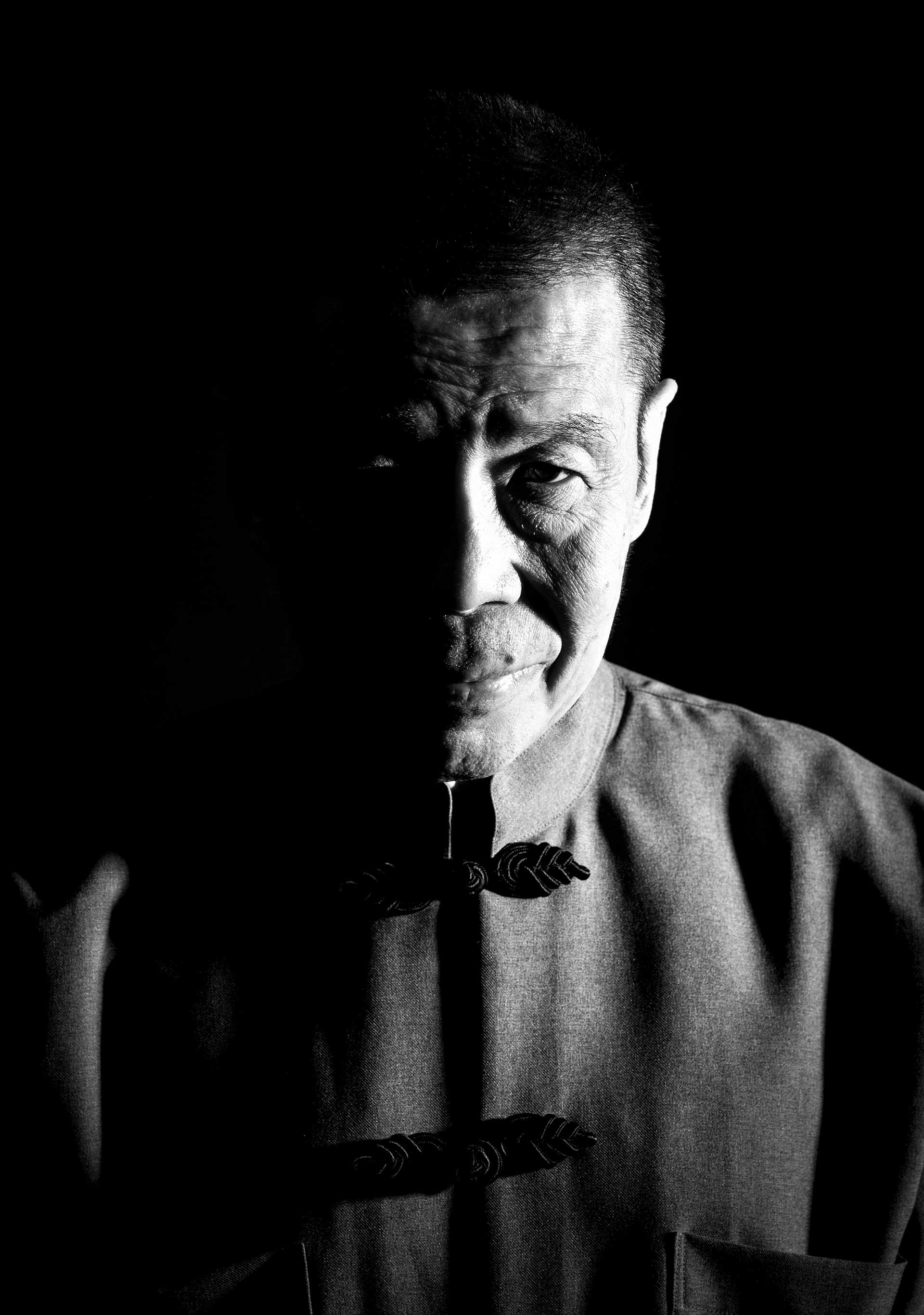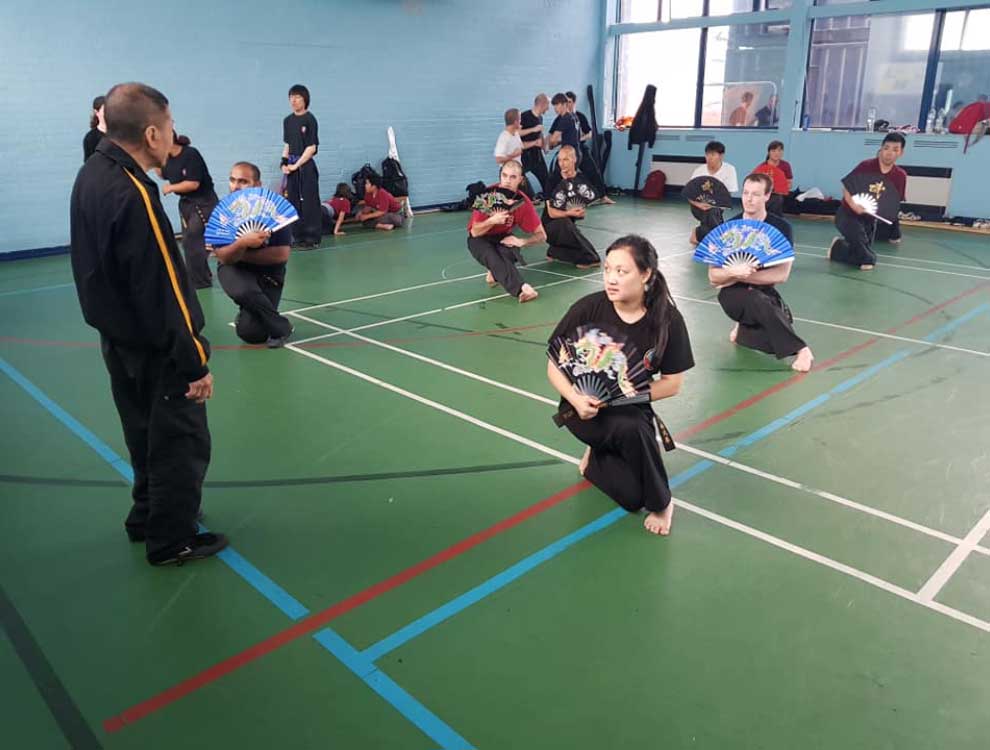THE SHAOLIN TEMPLE 少林寺
THE BIRTH OF SHAOLIN KUNG FU AND CHAN BUDDHISM
The Shaolin style Gao Can Mun Nam Pai Chuan (少林高参門南北拳)has its roots and origins in the traditional martial arts practiced by the Shaolin Monks of China over 2000 years ago.
Though much of martial arts history could be told in the form of legends and stories of martial arts heroes, it is widely accepted that Shaolin Kung Fu was brought to China in the year 525AD by a travelling Buddhist monk called Bodhidharma (菩提达摩) known to the Chinese as ‘Da-Moh’ (达摩).
Shaolin martial arts are those descended from the Shaolin Temple (少林寺), on Mount Shaoshi (少室) in the Song Shan mountain ranges in Henan, China. The temple was in operation for hundreds of years before Da-Moh’s arrival but when he arrived he noticed that the monks were too weak to maintain meditative practice. He devised a set of movements. to strengthen them for meditation and prayer which became known as the ’18 arhats’ or ’18 lohan’ and are considered the foundation movements of Shaolin kung fu.
Da-Moh probably also consolidated the martial skills already at the temple and had the organisational ability to advocate it to his students. His contributions to both the martial arts and buddhist practice at the temple is credited to him as the founder of Shaolin Kung Fu and the 1stpatriarch of Chan/Zen Buddhism.
Through the years, Shaolin spread throughout China and the reputation of the Shaolin monks grew. The Monastery became a place of refuge for bandits and the monks developed formidable martial arts skills. As a major Buddhist temple favoured by Emperors, it became a target for outlaws and the monks engaged in combat. This continued for over 1,500 years and the arts and tradition spread throughout China and abroad.
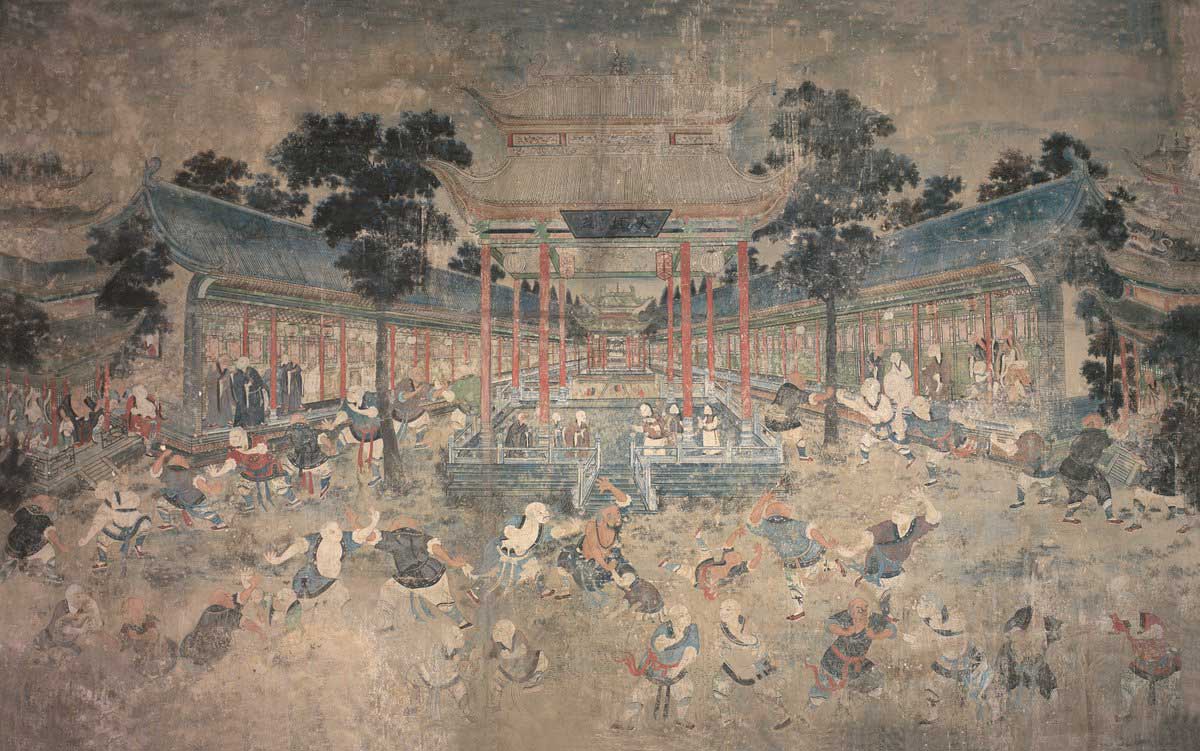
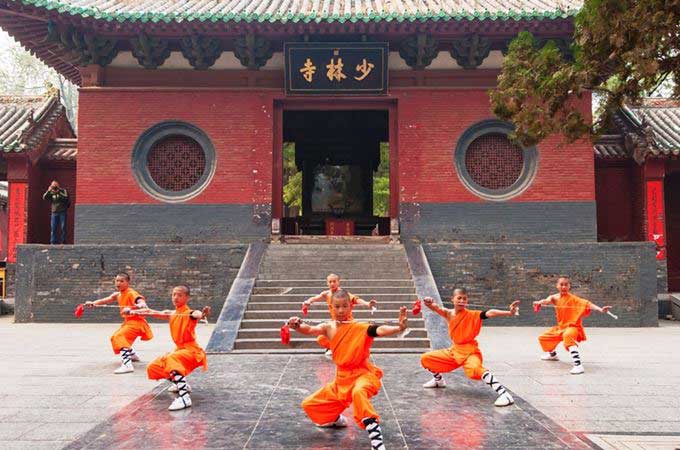
Southern Shaolin 南少林
Southern hands, Northern legs 南拳北腿
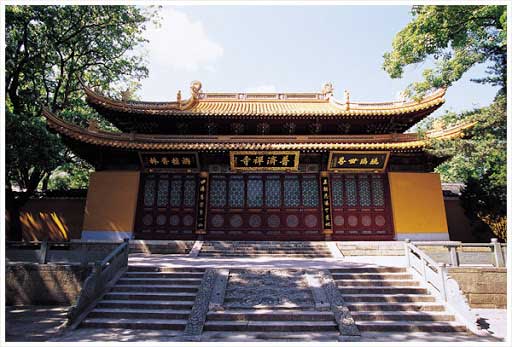
Shaolin monks aided emperors throughout the ages and helped defend the people against bandits and pirates. The warrior-monks were deployed in the south and aided local garrisons, many of them staying in the southern provinces.
The establishment of a Southern Shaolin Monastery is disputed along with its location. However, the Southern Shaolin tradition is not contended having strong roots in Zhejiang and Fujian. Like Shaolin in general, there are many myths and legends about the warrior monks in the South and the reason for them staying there. One such legend is that after battle with the Fujian pirates that those that were injured stayed behind. Their continued practice affected their Kung Fu, becoming less acrobatic and more combat oriented.
In modern times, Quanzhou Shaolin Temple in Fujian is known and makes claim as the Southern Shaolin Temple. This temple is where Grand Master Quek Heng Choon learned at and taught at in the mid 1990’s.
The differences between Northern and Southern Shaolin martial arts are similar to the general regional differences of Kung Fu styles. Northern styles employ more legwork, acrobatics and higher kicks influencing other martial arts like Taekwondo. Southern styles employ lower stances, greater use of hand techniques and a focus on tighter fighting techniques.
Our lineage dates to Venerable Hui Cheng (慧精) of the Zhejiang Nan Hai Pooi Chee Temple (南海普济寺) in Zhejiang. He was part of the 48th generation 2nd chamber of the South Shaolin Tradition and a practitioner of Caodong Chan Buddhism.
One of venerable Hui Cheng’s students was the warrior monk Shi Gao Can (Seh Koh San).
VENERABLE SEH KOH SAN 释高参
CHO SI – ANCESTRAL MASTER 祖 師
Seh Koh San was a Shaolin monk who lived from 1886 to 1960 and is widely recognised as being the father of traditional Shaolin Arts in South-East Asia. He came from the Hailou Village, in the Fujian Province (福建惠安北門外嶺頭) and brought traditional Shaolin teachings from mainland China to South-East Asia. At the age of 13, Seh Koh San left home to join a security guard who protected goods on the road. His name was “Cho Pew” 曹彪and he was the first person to teach Seh Koh San Kung Fu. It was with Cho Pew that Seh Koh San learned the Five Ancestors Fist (五祖拳) and Lohan boxing (罗汉拳), two famous styles developed from Shaolin. Cho Pew had five students and called Seh Koh San – his most promising student – ‘Lim Tian Pau’ or the ‘Flying Leopard’.
For three years, he studied martial arts with Cho Pew and became an outstanding student who mastered the Hing Kung (High Leaps) and the use of different types of Ying Ju (hidden weapons). In 1903, he had his hair shaved at the Wai Onn Ching Hing (Hui Ann Cheng Yim) Temple. He went on to study Buddhist scripture at the Fu Tin Mui Fung Temple from the chief abbot Mei Kar and senior monk Hung Leong and was to become one of the most outstanding monks of his Cha’an generation.
The chief abbot Hui Cheng (慧精) of the Zhejiang Nan Hai Pooi Chee Temple (南海普济寺)in Zhejiang took Seh Koh San as his disciple. He was part of the 48th generation 2nd chamber of the South Shaolin Tradition and a practitioner of Caodong Chan Buddhism. He had just three students and only Seh Koh San fully mastered the art of Shaolin Kung Fu. Because of this, Seh Koh San became the only monk to carry on the 48th generation martial arts in South-East Asia. This Shaolin Kung Fu has been referred to as Hood Khar Pai, Fat Gar, Lohan or Nan Pai.
Seh Koh San continued to train in the martial arts in the South Shaolin tradition until 1919. He was the only ‘inner circle’ disciple of his master and took a sacred oath never to disclose the art to the outside world. Besides Buddhism and the martial arts, he was also taught traditional Chinese medicine and acupuncture and he tried to eliminate disease and relieve pain whenever and as widely as he could.
In 1926, Seh Koh San started travelling throughout South-East Asia to practise healing wherever he could, and visited Thailand, Burma, Malaysia, Singapore and Indonesia. In every place he visited he treated the sick and spread Buddhism, for which he would eventually gain his greatest fame. He stayed in Indonesia, then occupied by the Dutch and called Royal Dutch Indies, for 21 years and became the abbot of the Zhen Yuan Gong temple in Medan the capital city of North Sumatra province, Indonesia.
As part of his work healing the sick he started to realise that learning martial arts could help strengthen his patients and improve their physical condition. At 56 years old, he sent a letter to his master, the chief abbot Wei Jing, asking him for permission to teach. Wei Jing’s brother in Dharma replied to him and informed him that Shi (monk) Wei Jing had passed away. He granted Seh Koh San permission to teach his brother’s martial art and encouraged him to train his successors – the 49th generation.
Before Seh Koh San began teaching any new student martial arts, he ensured they vowed before Buddha that they would never use the skill for any impure motive. From then on he started spreading his teachings all over South-East Asia. The style became famous under the name of Buddhist Boxing – Hood Kar Pai 佛家派.
In 1948, after the Second World War, Seh Koh San travelled to Singapore to the Siong Lim/Shuang Lin Temple (莲山双林寺) where, for six years he was made the director abbot. In 1949 he started teaching Shaolin martials arts in Singapore to disciples who lived at the temple. The disciples were responsible for maintaining the temple grounds and cooking for all who stayed there.
Many other students came to the temple to learn kung fu as well. Seh Koh San was known as a strict teacher and often taught different things to different people. As was the old way. This means that not all students were taught everything, and that would be differences between the descended schools of the same form.
On May 6th, 1954, he was inaugurated as chief abbot of the temple to the sound of thousands of monks shouting for joy, firecrackers banging and music. On May the 16th 1960 Shi Gao Can passed away, aged 74.
His mortal remains were placed in the temple for a period of seven days for his students, disciples and Buddhist monks to pay their last respects. His funeral took place on May 22nd 1960 on the Kong Meng San Phor Kark See Monastery and was attended by more than 7,000 mourners.
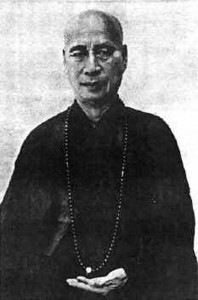
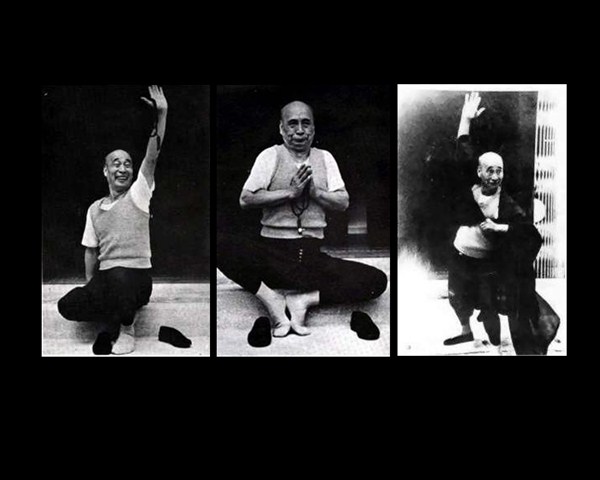
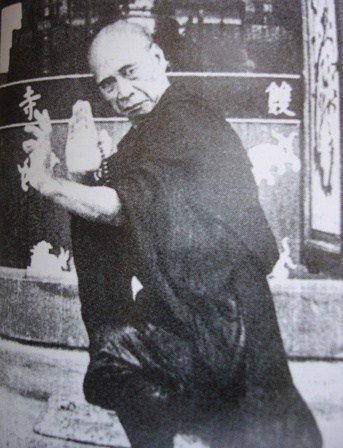
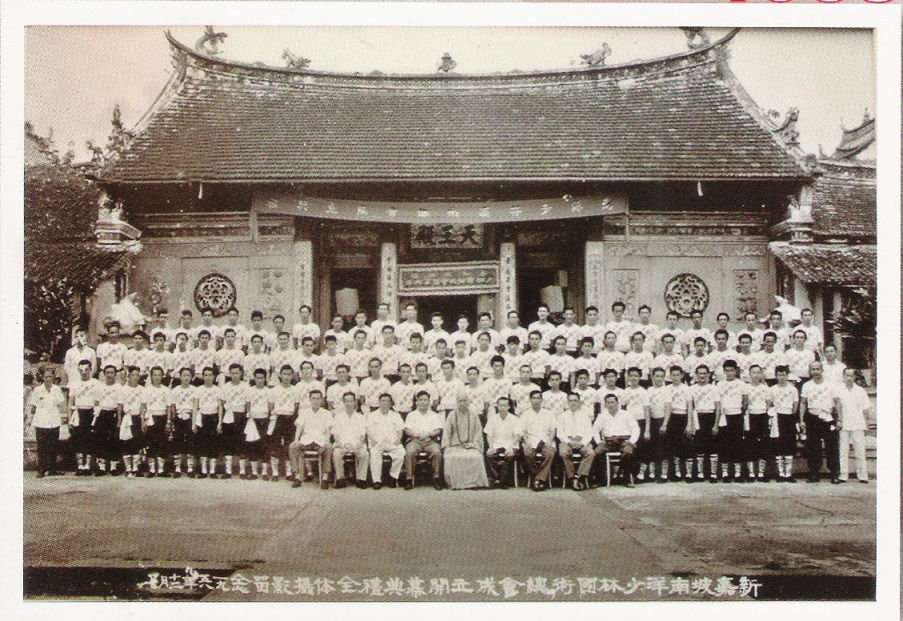
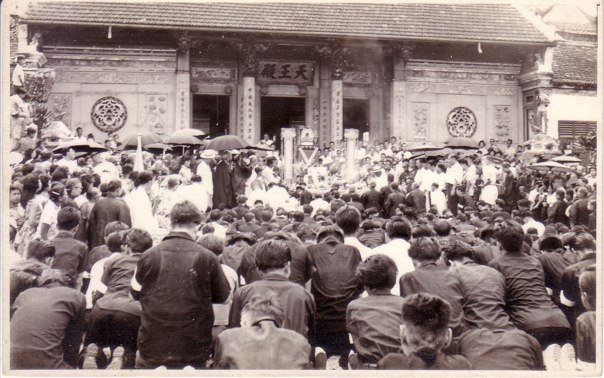
QUEK HENG CHOON 郭逢春
SUGONG – GRANDMASTER 師公
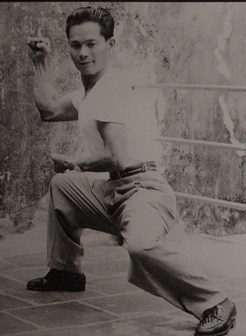
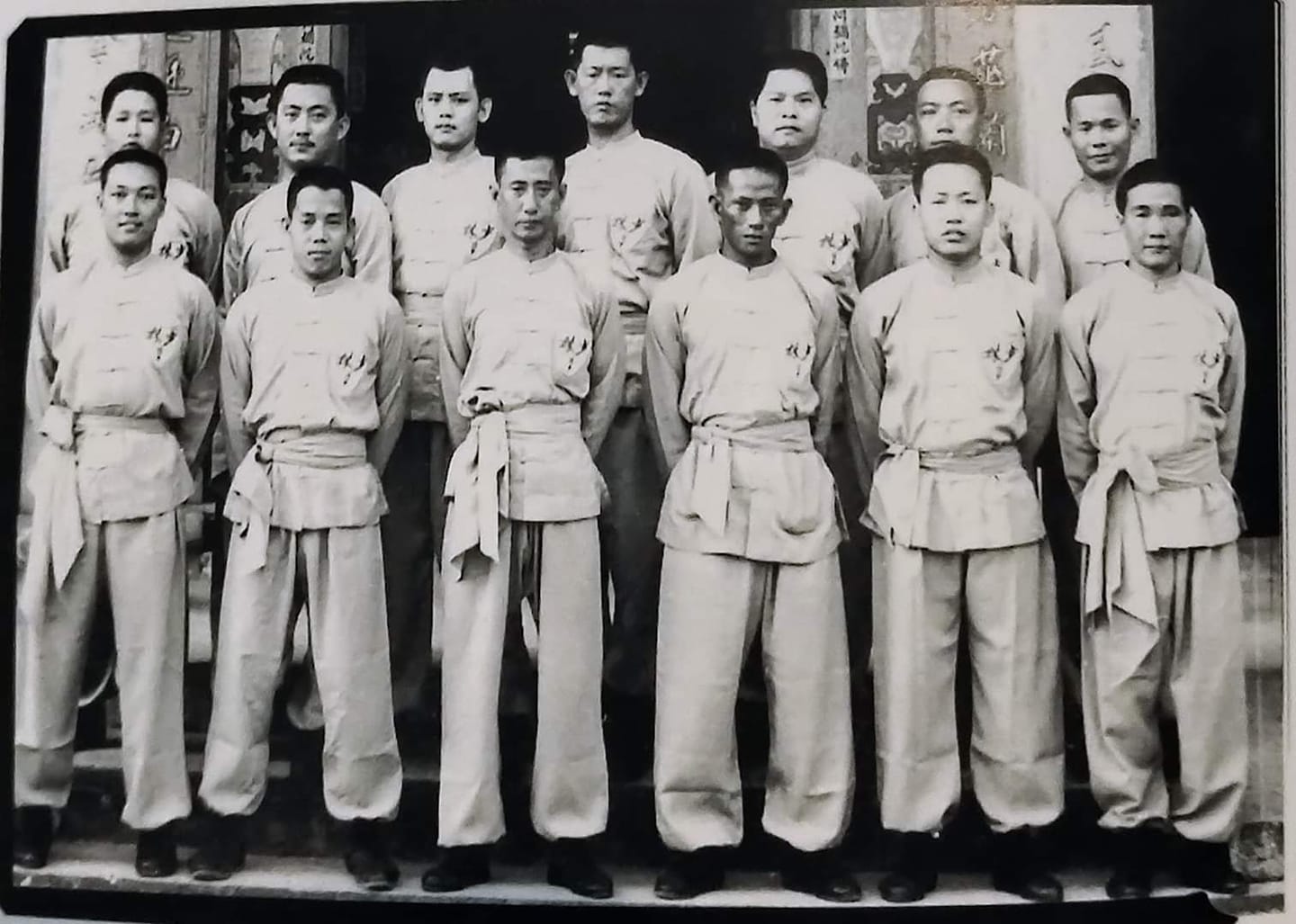
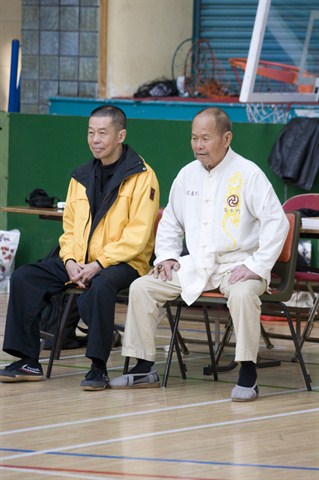
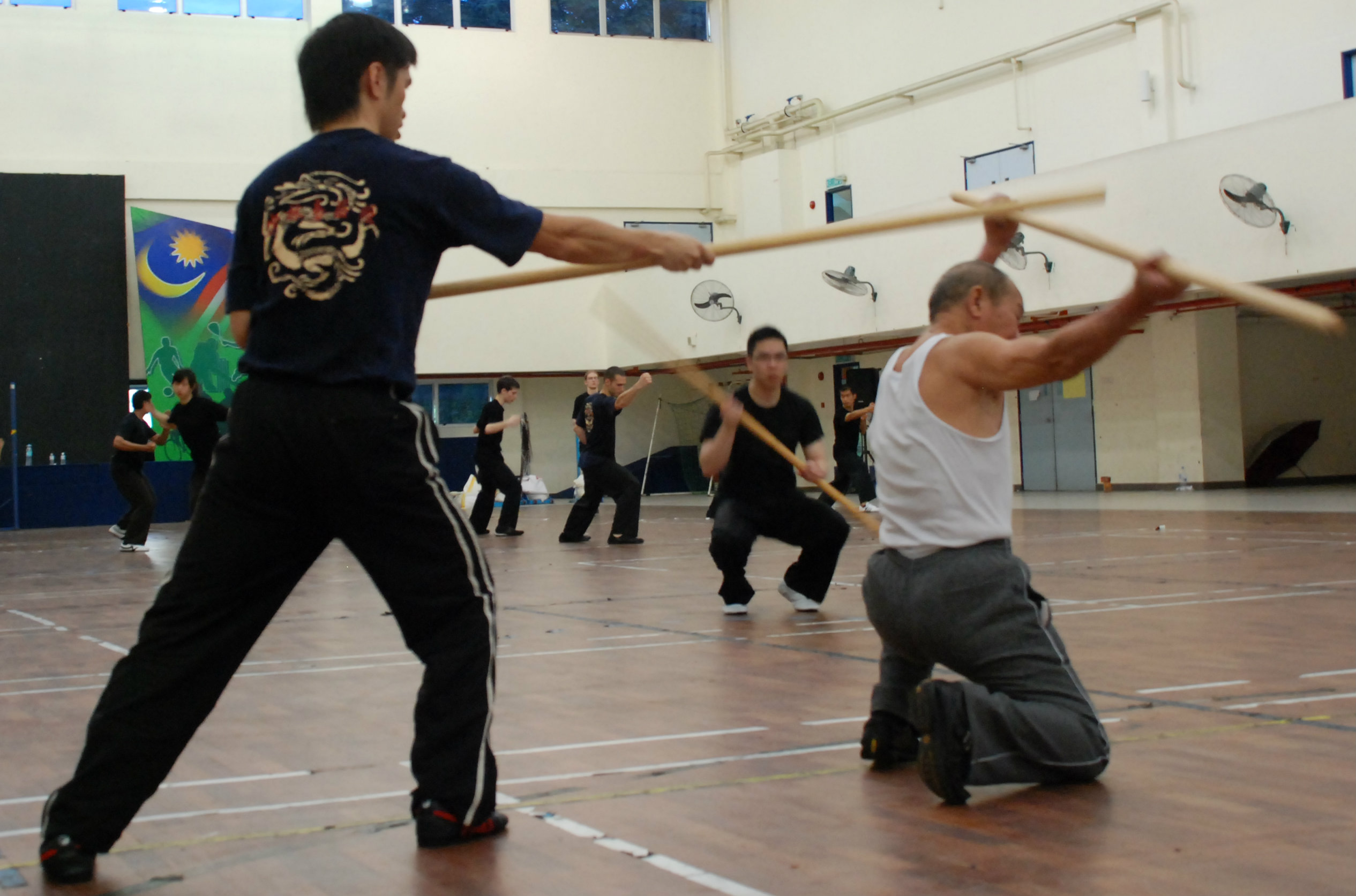
Quek Heng Choon 郭逢春 was born in 1926 in Huian county 惠安县 in the Fujian province 福建省 of China. At the age of 13, he met a wandering medicine seller named Liu Pingshan who was a master of the Taizu style and became his student for three years.
In 1942, aged 16, his uncle asked him to join the army. He refused and left home to live in the Quanzhou Kaiyuan Temple 泉州开元寺. There, he studied martial arts under Monk Maoyue for 15 months learning Wuzu Quan 五祖拳,Sanzhan Simen Quan 18 step Saozhuan Quan.
After this period, he left the temple but realised that if he returned home, he would again be asked to join the army so he went to Xiamen to work in a teahouse before eventually deciding to move to Singapore to live with his aunt. In 1947 Quek Heng Choon went to Singapore aged 21 where he heard that it was possible to study martial arts in the Singapore Shuang Lin Temple 莲山双林寺 where Seh Koh San was abbot at the time. He was eventually accepted as a student.
Seh Koh San was very strict with his students and insisted they remained inside the temple walls to study martial arts for at least three years, during which time they weren’t allowed to step outside the temple gates. Training took place three times a day, at five in the morning, at midday, and at seven in the evening, every single day.
After seven years of dedicated training Seh Koh San informed Quek Heng Choon that his study of the arts had been successful, and that he could now ‘come down from the mountain’ (leave the temple).
In 1954, he left the temple with a classmate and together they started the Singapore Sao Hua San Athletic Association.
In 1956 he left for Penang where he founded the Penang Sao Lim Athletic Association for Seh Koh San. He spent two years setting up the school and finding new students for his teacher – at one time there were more than 300 people studying there. The school is now run by Master P’ng Chye Khim.
In 1958 he founded another school, Penang Sao Wah San Athletic Association, and later, taught at another school in Penang. The following year he went to Kuala Lumpur to work in the harbour and teach martial arts in a new village near the harbour, three times a day.
On May 16th 1960 his teacher Seh Koh San passed away. At this point Quek Heng Choon started to teach students on his own in order to popularise the martial arts. In 1963 he was asked to become the chief instructor of a school in Kuala Lumpur and became famous for demonstrating Ying Qigong by breaking marble tabletops on his back and with his hand. He even received praise from the prime minister of Singapore, Lee Kuan Yew (Li Guangyao).
In 1971 he started his first formal school, Quek Heng Choon Martial Arts Sport School, which attracted students from both Singapore and Malaysia. The next year he was to be the permanent chief instructor of Penang Shao Ci Shan Athletic Association.
He represents the original 50th generation of Shaolin.
In 1973 his students joined the first South-East Asia Competition and were very successful. He was made an advisor and judge for the competition. In the same year, a Hollywood movie company shot the movie ‘Paper Tiger’ in Malaysia and asked Master Quek to create some of the fight scenes along with Master Leow and Master Lai. Some of his students also acted in the movie.
In 1974 he went back to China to visit his family and visited the Quanzhou Kaiyuan Temple, where he had studied martial arts 30 years before.
In 1977 he initiated the Kuala Lumpur Song Shan Shaolin Wushu Association and became a permanent chief instructor of the school.
In 1990 he started the Shaolin Gao Can Mun 少林高参門in Singapore of Heroufo State and became the chief instructor.
In 1993 he went back to China (Fujian Quanzhou) and started a school to teach Shaolin Wushu and Yijining.
In 1998, he returned to Malaysia to teach his students again, which he did until his demise. He taught Yangshen Shu, long and short weapons, Yijinjing, Luohan Yangshen gong, Shenxinfa, Quantao: Yizhimei, Yizhichun and much more.
Master Quek is considered to be Shi Gao Can’s most important and influential student from the Singapore/Malaysia era.
During a training visit to London in 2009 Master Quek named Christopher Lai Khee Choong, who is head of Nam Pai Chuan worldwide, as his successor and asked that the school be renamed as “Shaolin Gao Can Mun Nam Pai Chuan”.
Unfortunately, during a visit to China in February 2010 Master Quek succumbed to illness and passed away. He was aged 85.
Sifu Lai and his students worldwide will continue to teach the art that was passed to them from him.
LAI KHEE CHOONG
SIFU – MASTER 師父
Master Lai, 2nd chamber 50th generation of Shaolin has studied martial arts since 1959 and in particular Shaolin Kung Fu from 1967. His daily training was intense and undertaken in the traditional manner.
In addition to Shaolin Kung Fu, Master Lai also trained, in the 1970s with Master Leow Cheng Koon, who was Chief Instructor of the MTA (Malaysian Taekwondo Association), member of the Taekwondo Federation (WTF). This time with master Leow allowed to structure the traditional training using modern methods. A syllabus structure was formed, along with training elements that weren’t familiar to the old way of training back then.
Master Lai decided to emigrate to United Kingdom (UK), where he had undertaken his legal education and since martial arts was part of his life, he felt the need to bring his school with him.
Prior to his departure, Grandmaster Quek gave his permission for Master Lai to teach the Shaolin system Nam Pai Chuan 少林南北拳when he came to the UK, bringing it to Europe for the first time.
Master Lai began teaching Shaolin Nam Pai Chuan in Swiss Cottage, London and established it as a member organisation of the British Council for Chinese Martial Arts (BCCMA), the national governing body for Chinese martial arts in the UK. Shaolin Nam Pai Chuan has grown ever since with new training centres being established across the globe and teaching in the same sincere and dedicated manner as Master Lai and his predecessors.
On July 20th 2009, Grandmaster Quek made Master Lai his system successor. In honour of his teacher’s request, Master Lai renamed his school ‘Shaolin Gao Can Mun Nam Pai Chuan’ 少林高参門南北拳. The Shaolin school of Gaocan, South North Fist.
